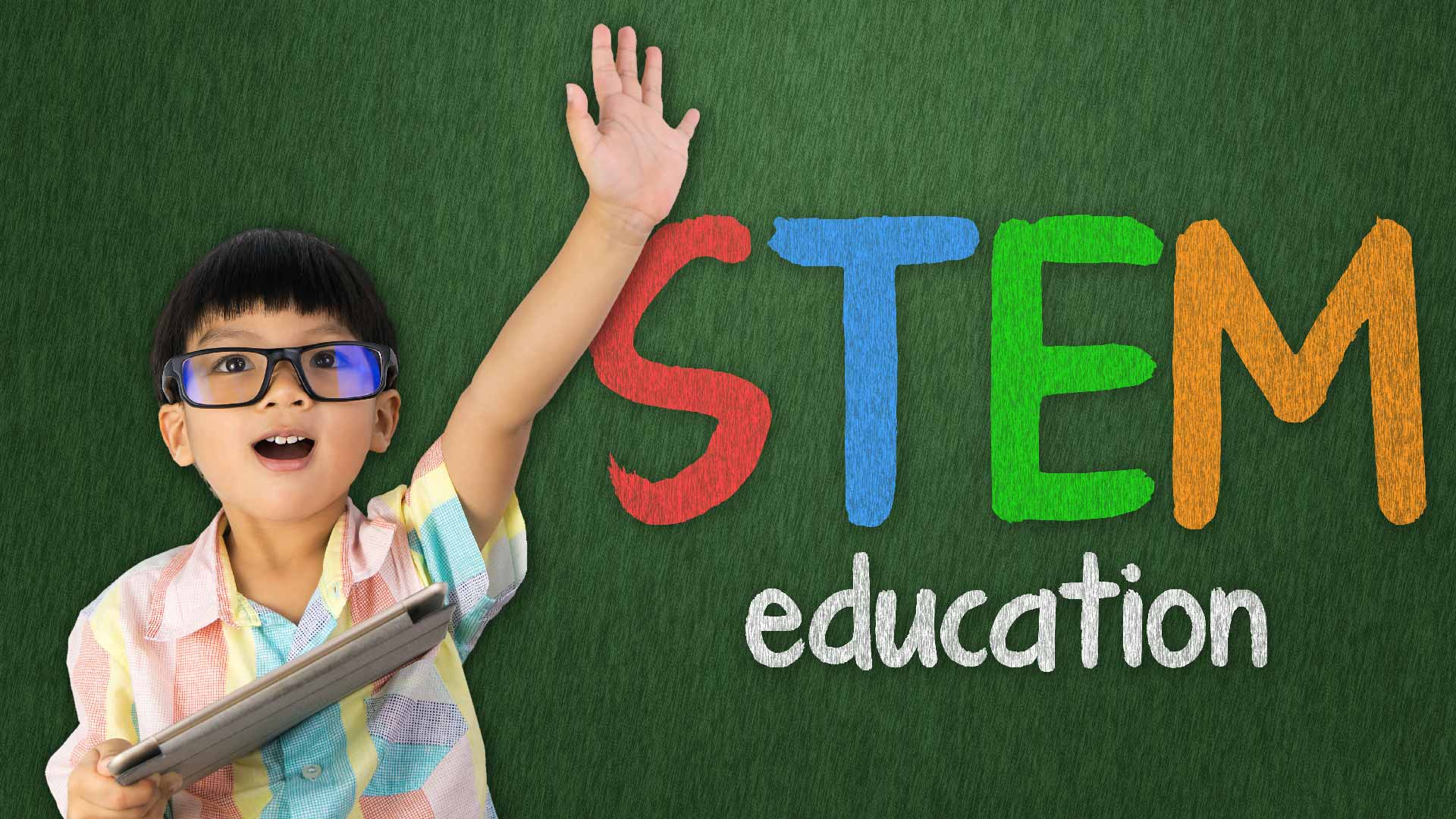Our evolved education system has brought the student-teacher fraternity to a juncture where it guides their career goals with an amplified push. Where on one hand, all the education streams are taken into serious consideration, STEM subjects still reign in the global arena.
STEM education has been made popular by the developed nations countries such as the United States of America, Canada, The United Kingdom, and others. These streams of specialization at schools give targeted guidance and educational pedagogies that are designed per the subject requisites. In layman's terms, STEM relates to science, technology, engineering, and mathematics. The global market size for K-12 STEM education is estimated to reach USD 86.7 billion by 2028 (kbvresearch.com).
STEM is an innovative way of teaching the nuances of these popular subjects that makes it easy to apply in real-life situations. This promotes cross-disciplinary education and skill development; while boosting successful career trajectories for the learners. Let us take a closer look and analyze its impact on the learner’s lifecycle.
What is STEM Education?
STEM education, now known as STEAM is a teaching approach that combines science, technology, engineering, arts, and mathematics. It is a world-leading educational program that is driven across the USA, and premium universities. It is a cross-curricular and integrative study that involves the incredible application of teaching pedagogy best suited to offer a realistic approach to a subject taught.
Reasons for STEM's high demand:
- Competitive salaries
- Increasing demand for STEM skills
- Solving complex problems
- Diversity
- Technological advancements
- Continuous learning
- Transferable skills
As per the US Bureau of Labor Statistics, employment in STEM occupations is projected to grow by 8% through 2029; as compared to a 3.7% growth rate for non-STEM occupations. Also, this high demand; reflects a massive skill gap in the workforce. Many employers find it difficult to hire qualified candidates with the necessary STEM skills to fill the open positions. This shortfall is due to the lack of emphasis on STEM education in schools and tech education programs and the under-representation of women and minorities in the field.
Objectives of STEM Education:
- Proper use of information and insights
STEM education targets strengthening students’ knowledge with core insights into the scientific field, the latest in technology, engineering, and mathematics. It offers a wider landscape for learners to explore and experiment with content.
- Implementation of best practices
Developing and implementing best practices in all STEM disciplines enable a long-term aim of gaining a stronger aptitude for the same.
- Knowledge acquisition and fostering creativity
Students must acquire knowledge in STEM subjects and become capable of innovating newer ideas and deploying them in real practice.
Components of STEM Education
|
Problem-based Learning |
Rigorous Learning |
Career and Life Skills |
|
Personalization of Learning |
School community and belonging |
Connection to the external community |
Benefits of Providing STEM Education to students:
- Exemplary skill development
Creativity, logical thinking, analytic skills, critical thinking, collaboration, team player, and an innovative mindset are core skills that are offered through STEM development.
- Meet global workplace demands
Research.com quotes the US Bureau of Labor Statistics projecting the number of jobs in STEM fields is expected to grow by nearly 10% through 2029. This is a clear reflection of the fact of how indispensable STEM skills are going to become in the future global job marketplace.
- Earn a competitive streak over traditional learners
As stated above, with an enhanced level of STEM jobs, it is expected of the industry aspirants to earn the most competitive edge by getting certified and earning futuristic skills; that can make them inevitable for their future recruiters.
- Invention in STEM areas
Being an ever-evolving arena of study; STEM education allows you to grow and innovate by learning newer skills and nuances with changing technologies and amplified job roles.
- Amplifies Leadership in learners
With escalation in skill development comes inherent leadership to the fore. An industry aspirant is sure to gain a multitudinous amount of leadership quality and confidence with enhanced skills being earned.
- Shows real-world applications
STEM tech education programs involve applying real-world scenarios to bring learners out of the classroom and show how they can use subjects in real life. It allows easy application of the learned knowledge outside the classroom.
- Incorporates hands-on learning
What learners do; they remember for a longer period; than what is taught to them as rote. This is why STEM offers an enhanced opportunity to learn in real-life surroundings; and to gain lifelong learning.
- Promotes equality in Education
It simply means that STEM allows equal participation for all learners in lessons and activities. The percentage of female graduates with core STEM degrees is steadily growing, the split is still just 27% (stemwomen.com). This disparity shall disappear with more boost given to minorities and all genders alike.
- Encourages Independent exploration of subject matter
When learners take the chance to follow their interests and curiosities, they can learn about the world around them. Self-exploration is a big turn-on for learners of STEM.
Difficulties in Providing STEM Education:
- Program consistency
- Teacher qualifications
- National or state standards
- Funding and infrastructure
Quick Steps to Get Started with STEM
Develop a thorough curriculum>> Designate a specific area>> Start young
Final word:
STEM is the future of education and the global job market! Tech education programs offered at school and others offered by international credentialing bodies are a great way to enhance STEM capabilities. Artificial intelligence is enabling every industry to reveal its astounding capabilities beyond the obvious. This is where STEM professionals are in high demand with staggering annual remunerations on offer. The time is now to act and start learning STEM and amplifying STEM career involvement. Learners at school and college must be given the desired boost to allow a massive surge in capabilities for the competitive future.

